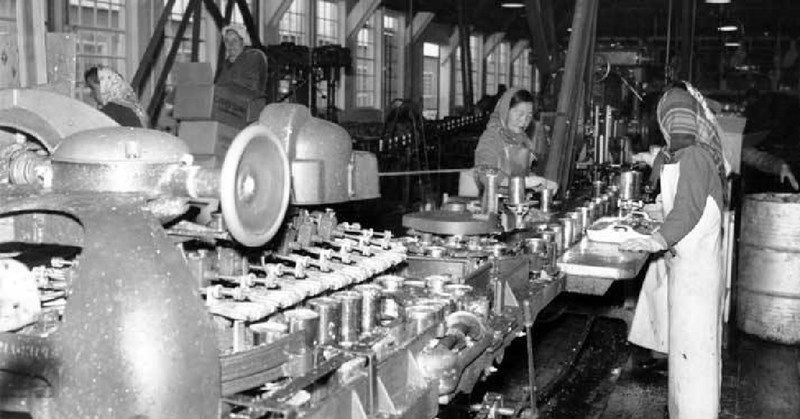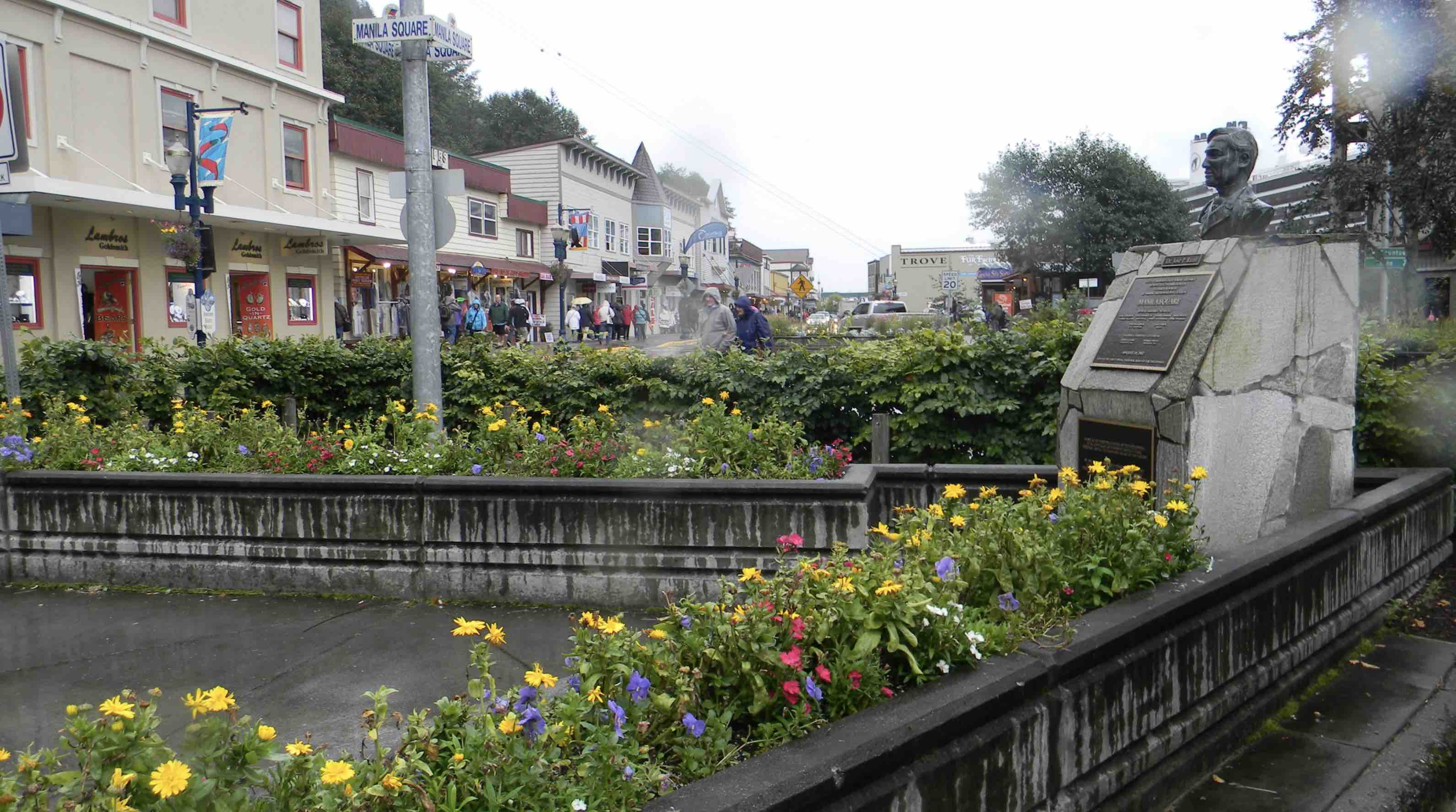‘Alaskeros’: Pinoys in Alaska, the original overseas Filipino workers
“Kabayan!” usually marks the start of an impromptu friendship, one that follows an informal invitation to share Filipino delicacies and exchange stories from home. Or, at the very least, instructions to get to another place in a more familiar language—lips pointing.
Back when traveling was not as complicated and restricted, a cheery, almost comical moment always followed two unacquainted Filipinos abroad realizing they’re both from the Philippines.
Without a doubt, the sentiment of Filipinos being world-class talent is almost closer to universal truth as with the sun rising. It’s not surprising how in parts and corners of the globe, Filipino overseas workers (OFWs) and their communities are recognized for their contributions.
Perhaps one of the least talked about are the Filipinos in Alaska. The Pinoy community in the United States’ 49th state is well known culturally as “Alaskeros.”
Filipinos in the Last Frontier

One of the earliest Filipinos to arrive in Alaska dates back more than 200 years ago— around 1788. “At least one Manila man was aboard the ship Iphigenia Nubiana, under the command of Captain William Douglas, when it arrived at Cook Inlet in Alaska on June 17, 1788,” according to the book Filipinos in Alaska, 1788-1858 by Thelma Buchholdt, one of the leading advocates of Filipino-Alaska heritage and a Filipino-American herself. The book was published in 1996 by Aboriginal Press.
Filipinos, she said, played an integral role in bolstering the Alaskan economy as many entered fishing canneries in the 20th century.
The comparisons to an early iteration of OFWs are mostly associated with the pensionados of the early 20th century Philippines pertaining to Filipinos who went to the United States during the American Colonial period in the 1900s. Laborers migrated in the industries of agriculture and fisheries. Students or government-supported individuals scurried to the academe resembling the modern-day scholarships.
Throughout the 1900s, an influx of Filipinos entered the working force of Alaska. Since the majority could speak English, they were favored over migrant Chinese workers, as communication with employers and coworkers was more manageable.
Everything wasn’t as smooth as the white snow that covered the state. For Filipinos working in the canneries, many experienced discrimination and prejudice that marred their day-to-day engagements. For one thing, race determined the designation of bunkhouses. White workers stayed in heated spaces and living quarters; Filipino workers endured unheated compounds sans proper hygiene facilities.
In the her book “Snug Harbor Cannery: A Beacon of the Forgotten” Katherine Ringsmuth noted in her interview with salmon cannery business owner Barbara Kistler, who said that such was the case with workers of color. “It was just the way things were,” said Kistler.

Social discrimination persisted in the canneries of Alaska, or as author Dorothy Fribrock put it, the “cannery apartheid” for majority of the mid-20th century.
There was at least one event that both Americans and Filipinos seemed to share and reveled in equally. It was the festivities every Fourth of July. Not coincidentally, it was only on July 4, 1946, that the Americans granted the Philippines its independence—an identical date when the former broke off from the clutches of the English in 1776.
Some recollections narrate how both races would prepare for the Fourth a month in advance. During the day itself, games in the afternoon were played and some dancing in the evening.
Turning point

Discrimination still targeted the Alaskeros, who were technically US citizens, as an effect of the American occupation in the Philippines. Segregation, for the most part, was glaring between white workers and other ethnicities such as Native Americans and Alaskans.
The groups who were recipients of racism simply because of their skin color eventually banded together. Intermarriages occurred, and as University of Alaska Anchorage professor, E.J.R David said, what came about was the amalgamation of “beaver adobo” and “salmon lumpia.”
A cultural syncretism had taken place.
By 1929, the first Filipino community was organized in Juneau, the capital city of Alaska. The contribution of Filipinos in Alaska created a deeply rooted connection not only through its workforce, but in developing a lasting cultural heritage in the region.

It was a legacy that was honored by the city and borough of Juneau in 2002, when it dedicated a location in the capital’s downtown area and named it Manila Square.
Situated at the intersection of Marine Way and South Franklin Street, a marker was also erected including a bust of Dr. Jose Rizal in honor of the Filipinos’ impact on Alaskan society both past and present.
Present-day Filipino-Alaskans’ mark in history
Alaska’s Filipino heritage is indispensable from our collective history, to paraphrase Buchholdt. The remote nature leading to the formation of a distinct Filipino identity away from the motherland posits the dynamic nature of a nation. More specifically, for a country like the Philippines in which pundits would argue the lack of focus, sometimes an indistinguishable culture from the ones adopted from its colonizers.
In today’s COVID-19 reality, the Alaskeros and all OFWs around the world face the same challenges. With almost 10 million OFWs, according to the Department of Foreign Affairs (DFA) in 2019, these modern-day heroes endure the harsher climates abroad for the same reason—a better opportunity.



